The saint does not seem to be afraid of pain, and his face seems to be in ecstasy, while the executioners are on the contrary busy skinning him alive and seem to revel in their work.
Wink of the painter: one of the executioner fixes the viewer and almost winks at us by sharpening his knife.
The frame is superb molded in gilded wood and is also of the seventeenth century.
Representation The martyrdom of Bartholomew by Giambattista Tiepolo
Attribute:
the remains of his own skin. Although some traditions claim that he was crucified, drowned or beheaded, Barthélemy carries the remains of his own skin because he was also skinned alive. Sometimes he holds in his hand the great knife which served for this execution. Jacques de Voragine in La Légende dorée reports the three hypotheses: "On the exact form of the martyrdom of St. Bartholomew the opinions differ: for St. Dorothea expressly affirms that he was crucified. And he adds that his punishment took place in a city of Armenia named Albane, as also that he was crucified with his head down. On the other hand, St. Theodore assures us that the apostle was stripped alive; And there are still other historians who claim that his head was cut off. But, in fact, this contradiction is only apparent: for there is nothing to prevent us from thinking that the saint was first crucified, then, for more suffering, flayed alive, and finally decapitated. Bartholomew, bar-Tolmay in Aramaic, "son of the furrow," is a Jew of Galilee and one of the twelve apostles of Jesus of Nazareth. His name appears in the lists of apostles of the three Synoptic Gospels (Mt 10: 2-3, Mk 3: 16-19 and Lk 6: 13-16) and the Acts of the Apostles (Acts 1:13) . The ancient Christian tradition identifies it with the disciple Nathanael mentioned in the Gospel according to John, as well as in other Christian sources. However, this identification, which is less and less taken up from the sixth century onwards, is debated by a part of contemporary exegesis. Source wikipedia




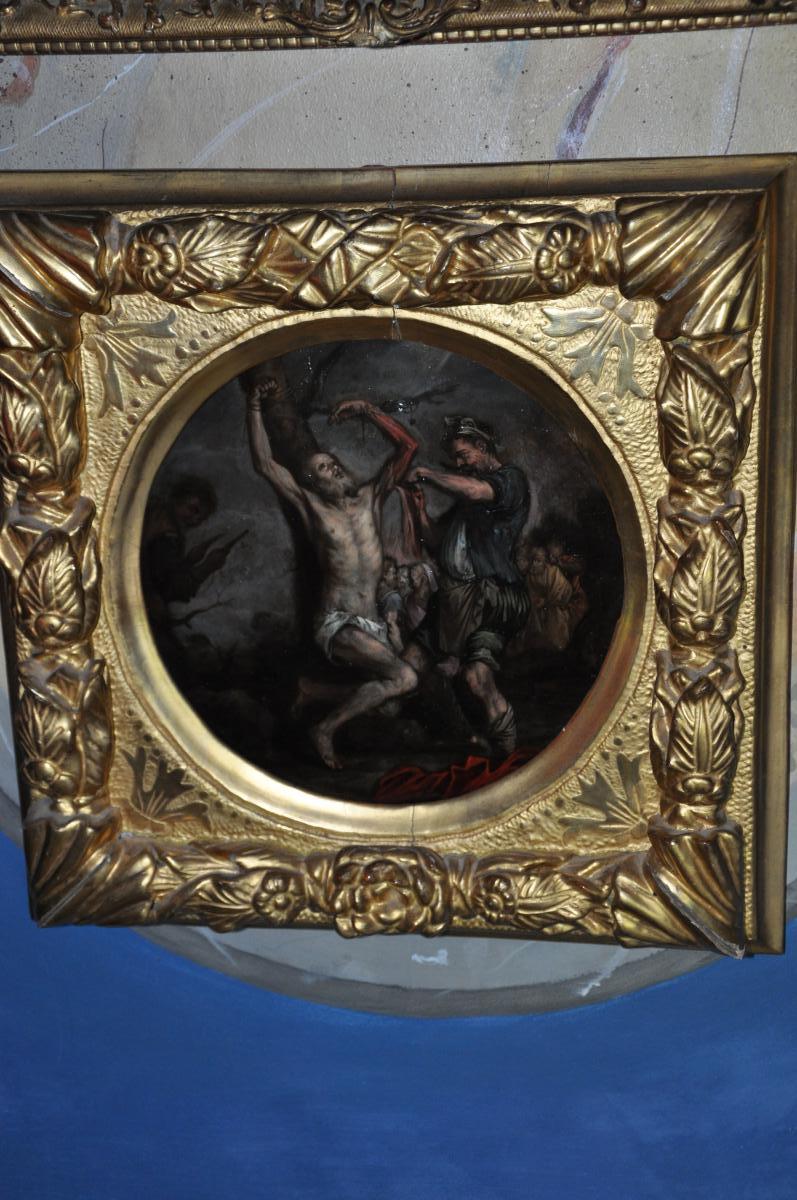
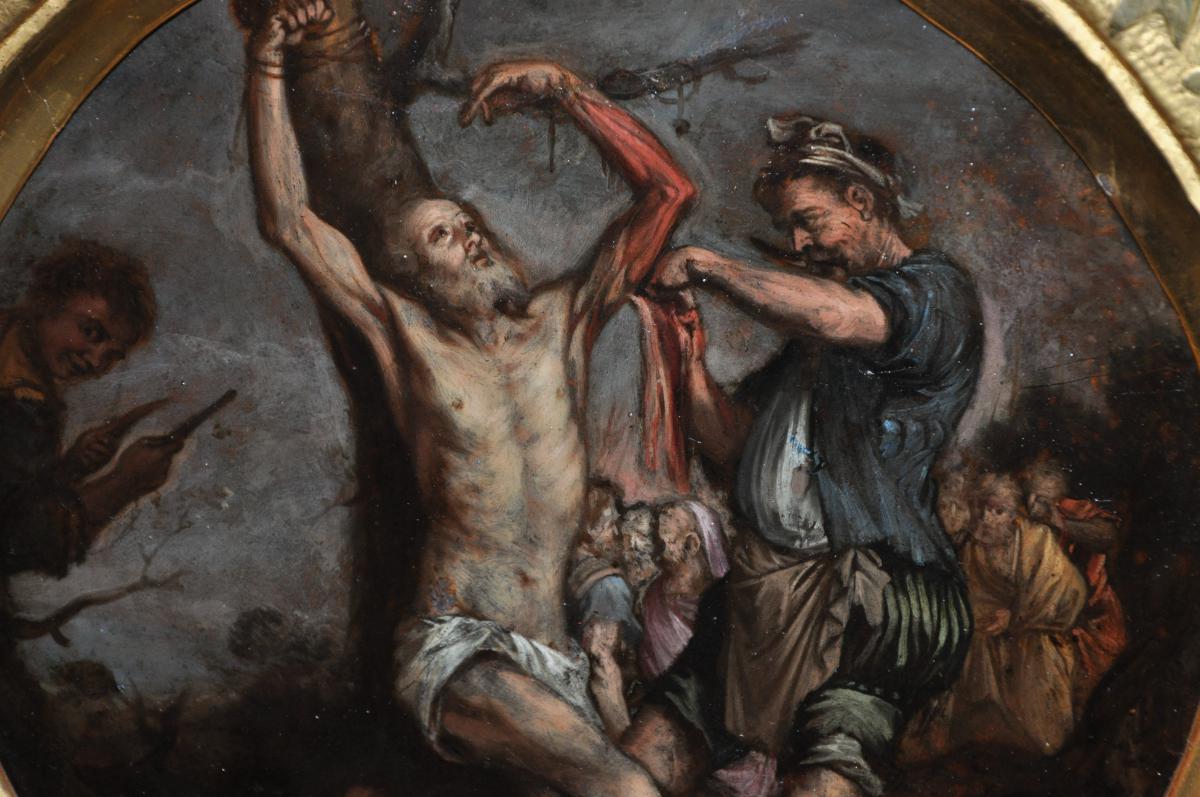
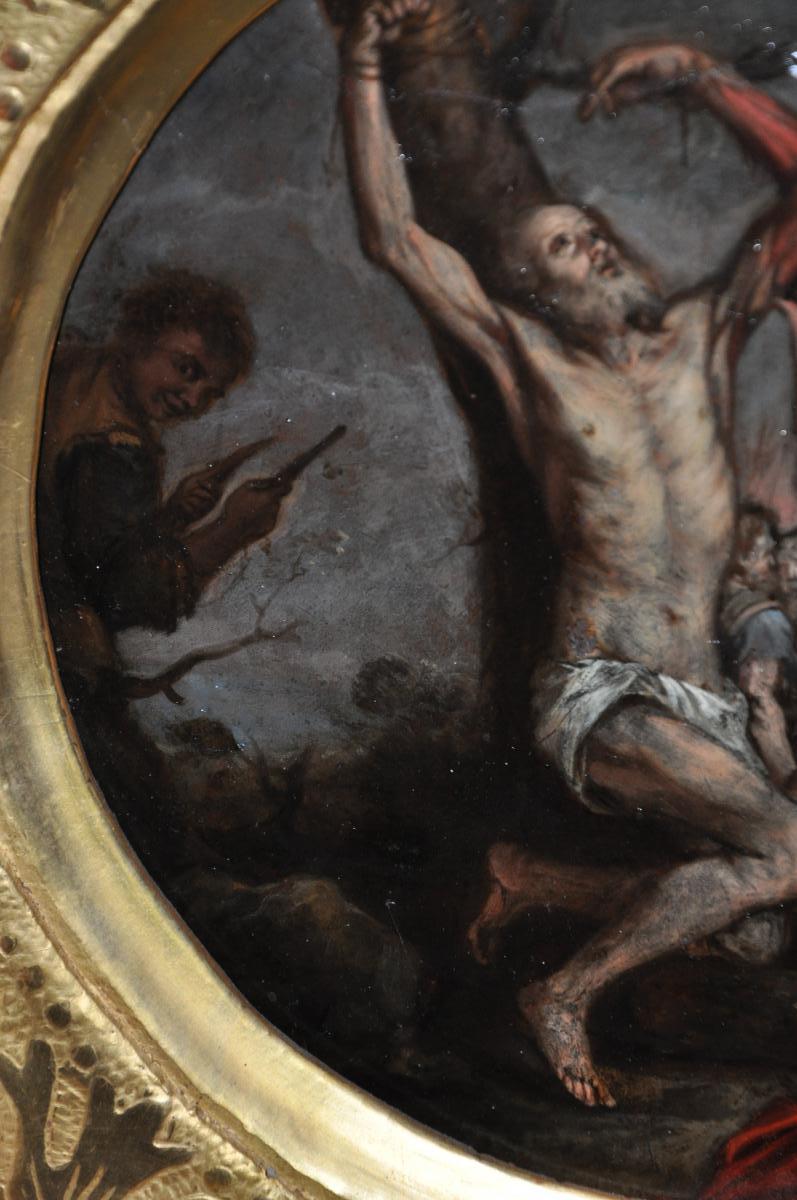
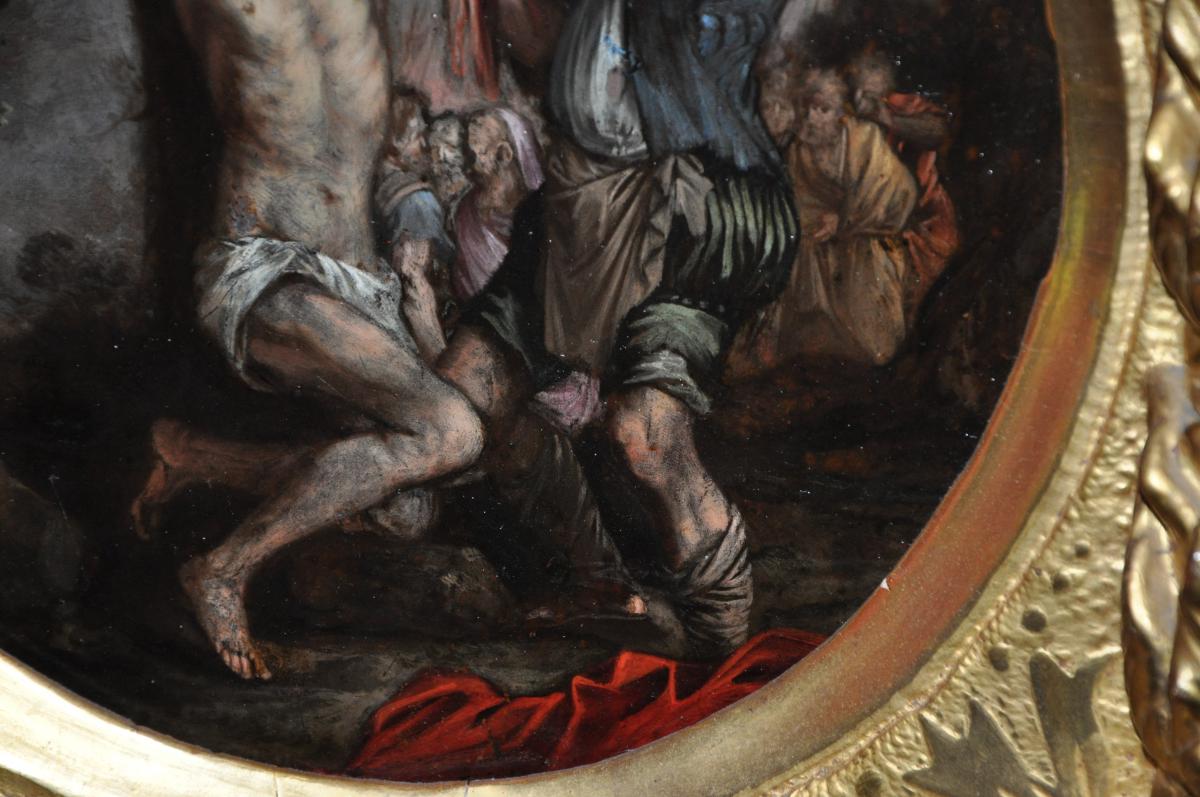

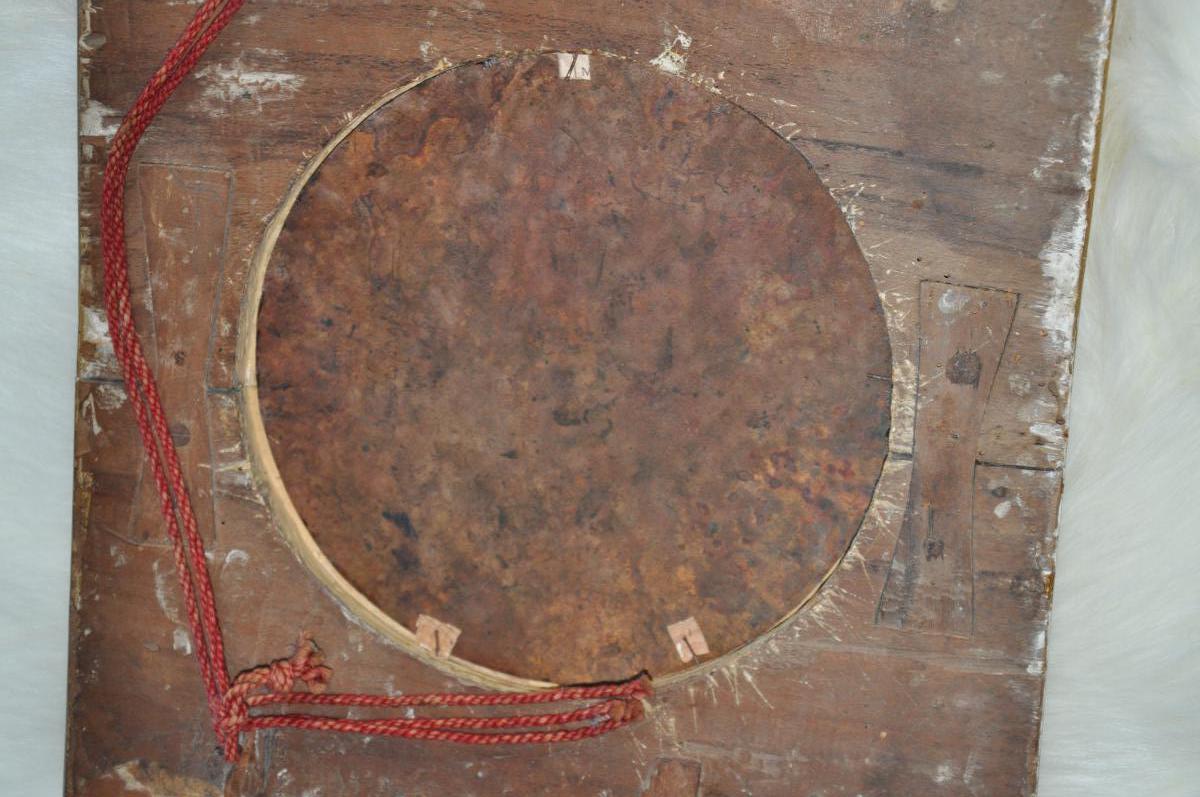
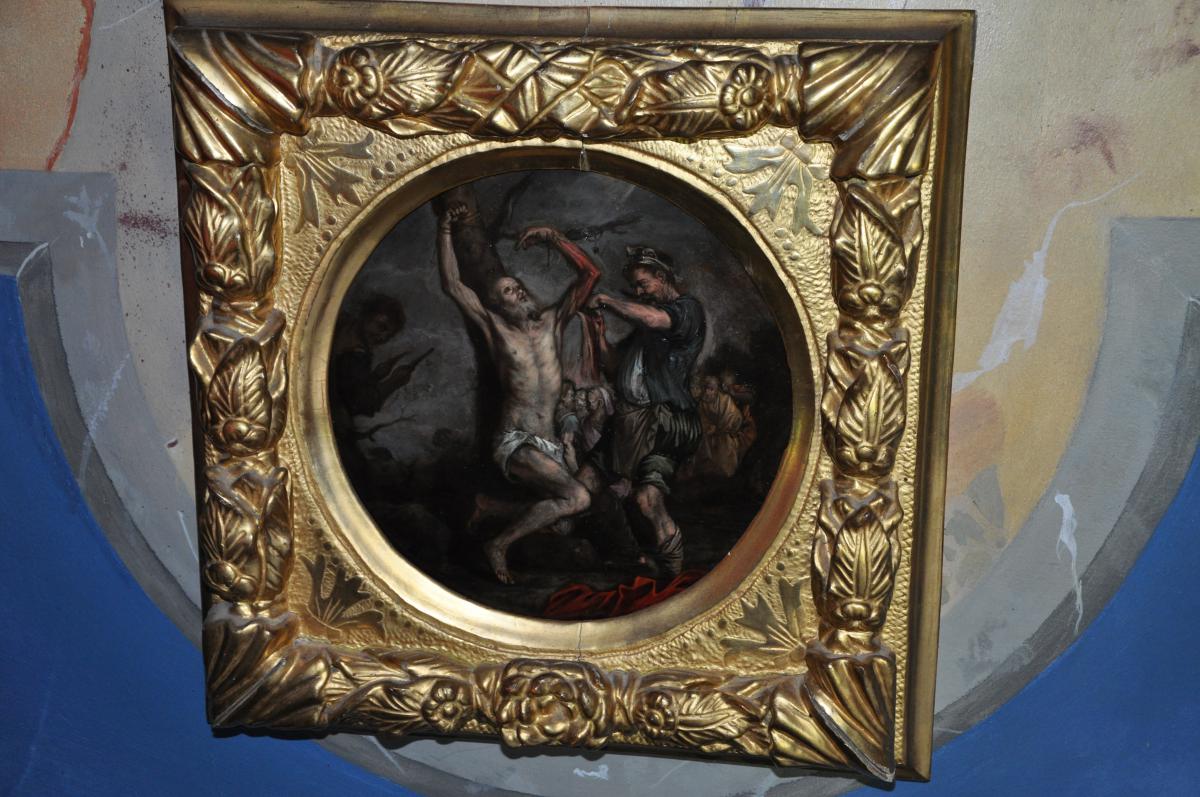
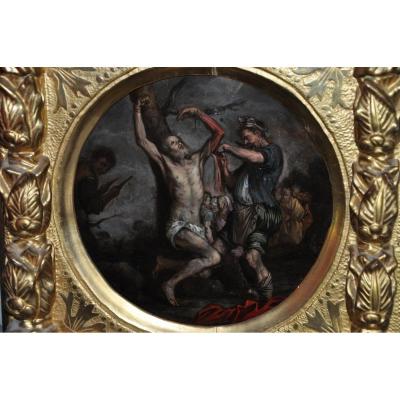


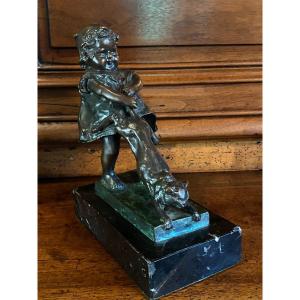

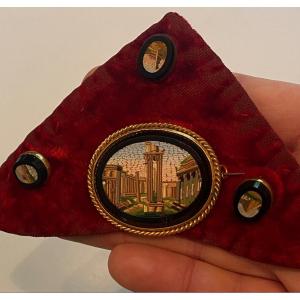


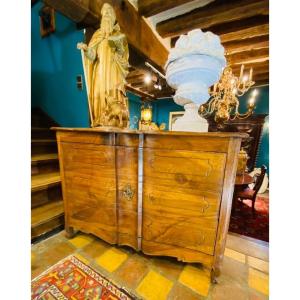

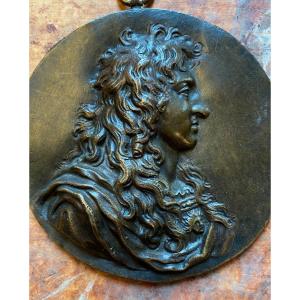

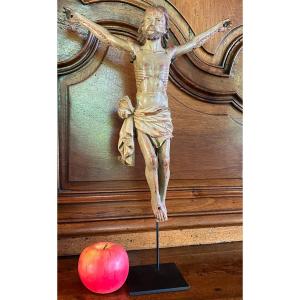
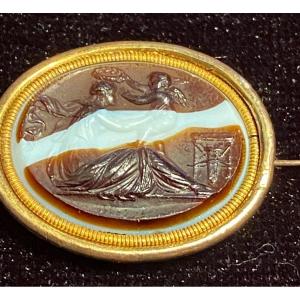


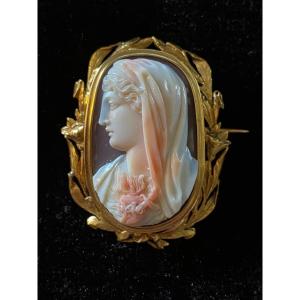
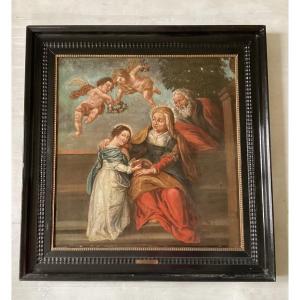







 Le Magazine de PROANTIC
Le Magazine de PROANTIC TRÉSORS Magazine
TRÉSORS Magazine Rivista Artiquariato
Rivista Artiquariato